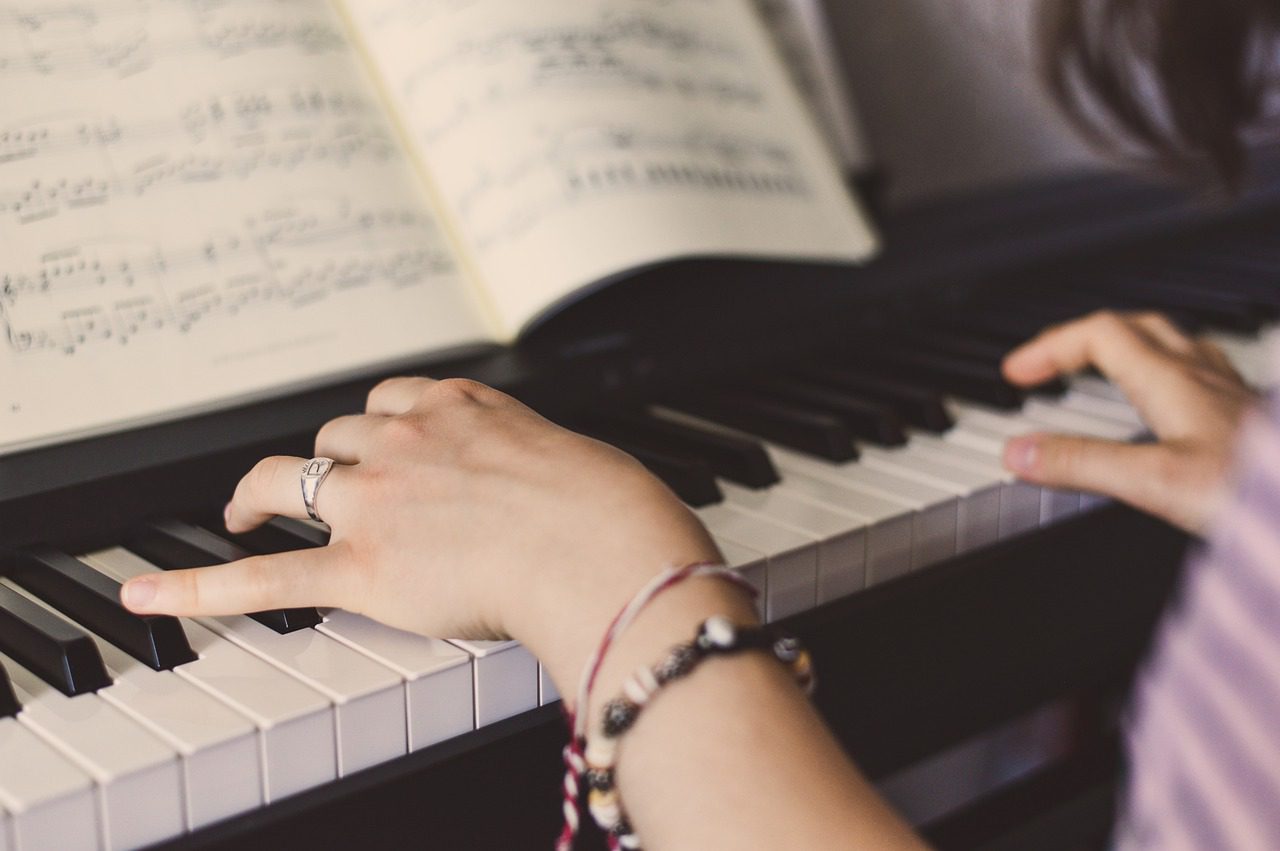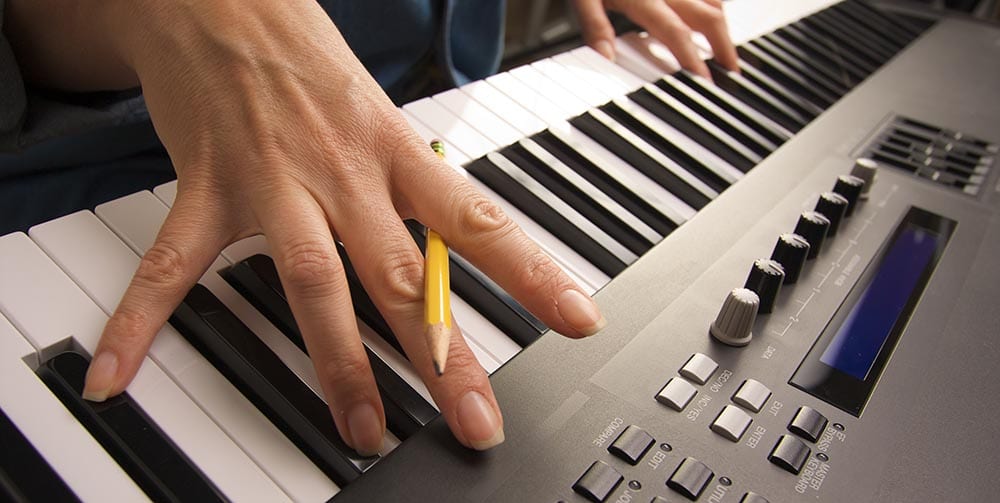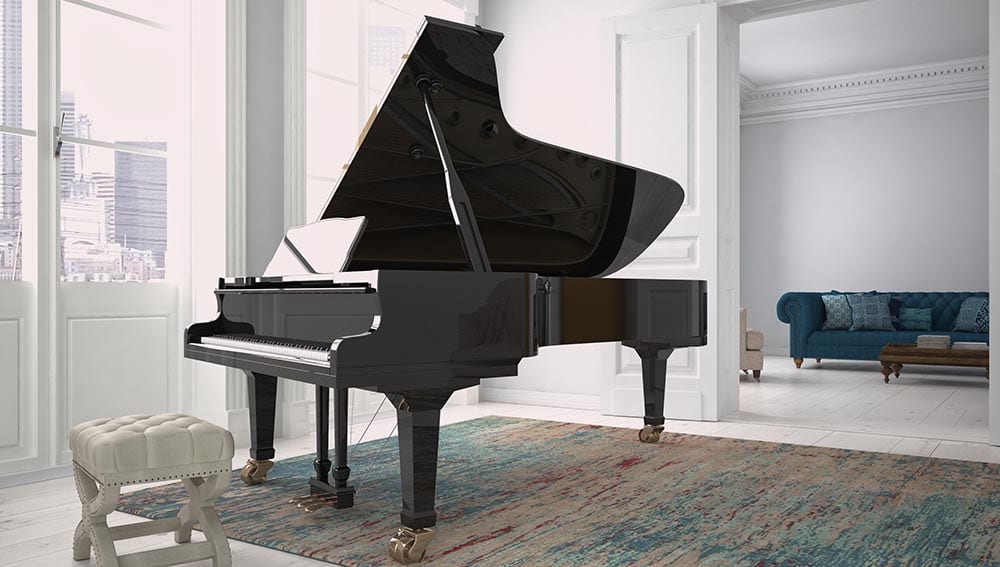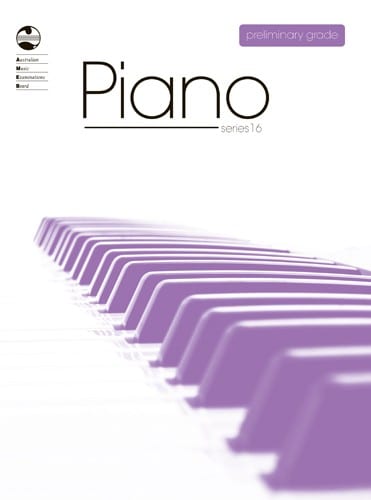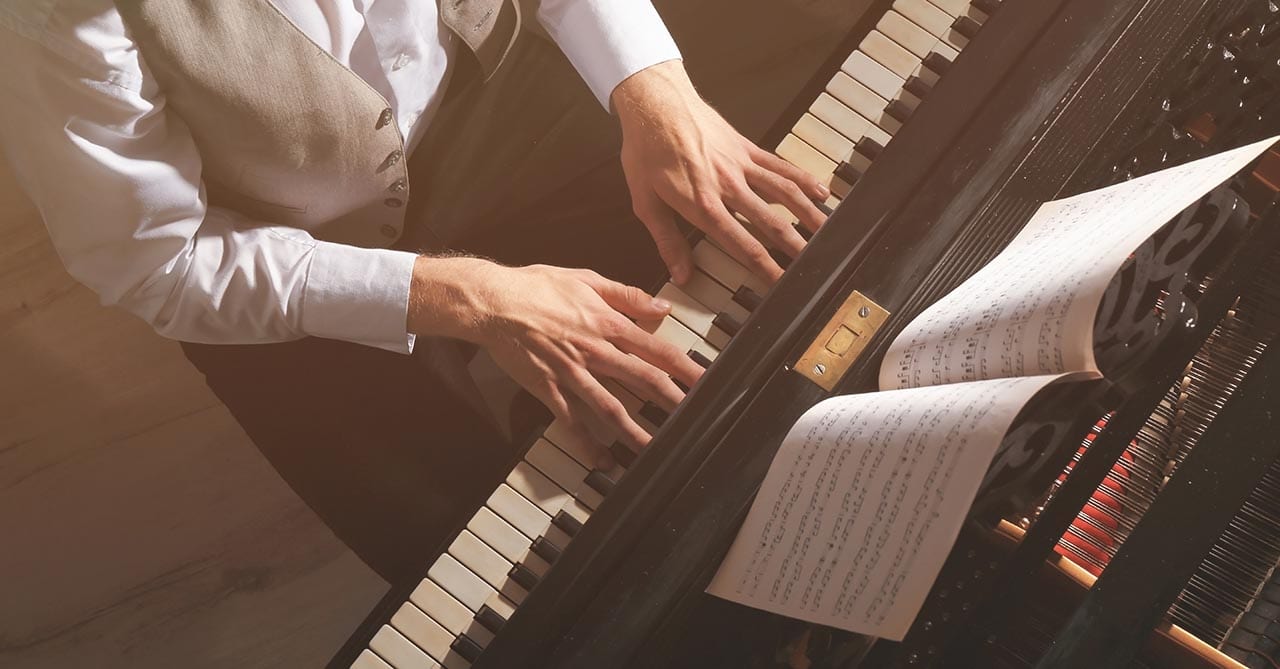Piano Finger Exercises to Help Increase Speed
Have you ever watched an experienced pianist play and wondered how they play so fast? Well just like everything else, it all comes down to practice. Below we give some insights on how pianists are able to play so quickly and discuss a few finger exercises to help you increase your playing speed.
Understanding Speed
There is a common misunderstanding that you need to build piano muscles in order to play fast and that you should practice playing fast in order to build these muscles. This approach creates all kinds of bad habits, from bad fingering technique to playing too loudly.
Piano playing is all about exquisite finger control. As we increase speed, this control becomes difficult. Playing quickly isn’t something that can be accomplished by learning buy klonopin pills one skill. It is a combination of many skills practised over time, eventually developing good technique and quick precision.
The key to developing good technique is relaxed playing. Playing difficult passages quickly causes stress and fatigue. Practising softly and slowly reduces both. That’s why it’s important to take it slowly, repeat exercises, and master every intricate aspect of piano technique before playing fast.
Practising for Speed
The simplest way to practice speed playing is to play five notes (C to G), in succession while carefully practising each stroke component (downstroke, hold, lift). You need to practice your downstroke motion as rapidly as you can while controlling the loudness. Make a relaxed transition to the hold while maintaining enough pressure to keep a consistent sound. Rapidly lift the finger at the same time you execute the next downstroke.
All non-playing fingers should be touching the key tops, rather than hovering above the keys. Play one or two notes per second at first and then gradually speed up. Remember to focus on perfecting quick strokes for this exercise, not on how fast you can play the notes one after another.
Practising a Full Scale and Arpeggio
Now we can build up speed and dexterity by playing a full scale. Start slowly, playing one octave at first. Slowly play up and down the octave, keeping a steady movement and consistent volume. Gradually speed up over time, using a metronome to track your progress.
Another exercise is playing arpeggios. An arpeggio is when you play the individual notes of a chord, rather than hitting them together. Play the notes of your chosen chord and work your way up the octaves of the keyboard. Remember to focus on your technique as much as your speed.
Separate the Hands
Everyone has a strong hand and a weak hand, meaning they have different needs when it comes to practising speed. Good technique is developed when playing relaxed. Your weaker hand will be stressed if it can’t keep up with your better hand during an exercise, potentially causing sloppy technique. To combat this, exercise the hands individually.
Remember that piano is an art for producing beauty, not a demonstration of how much punishment your hands, ears and brain can take. Piano practice shouldn’t be an intense session approached with a “no pain, no gain” attitude. Remember to rest fatigued hands and to play relaxed whilst practising.
If you have any questions or want any advice, talk to the friendly team at Pianoforte. We offer a broad range of piano services, from piano rentals and piano repairs to piano movers.


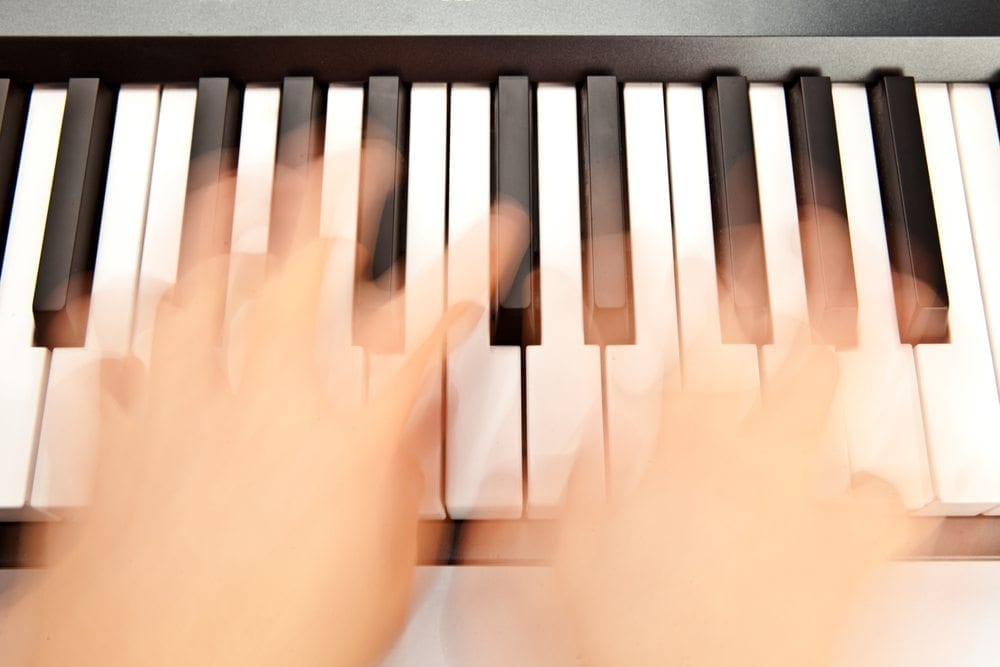
 September 30, 2016
September 30, 2016
